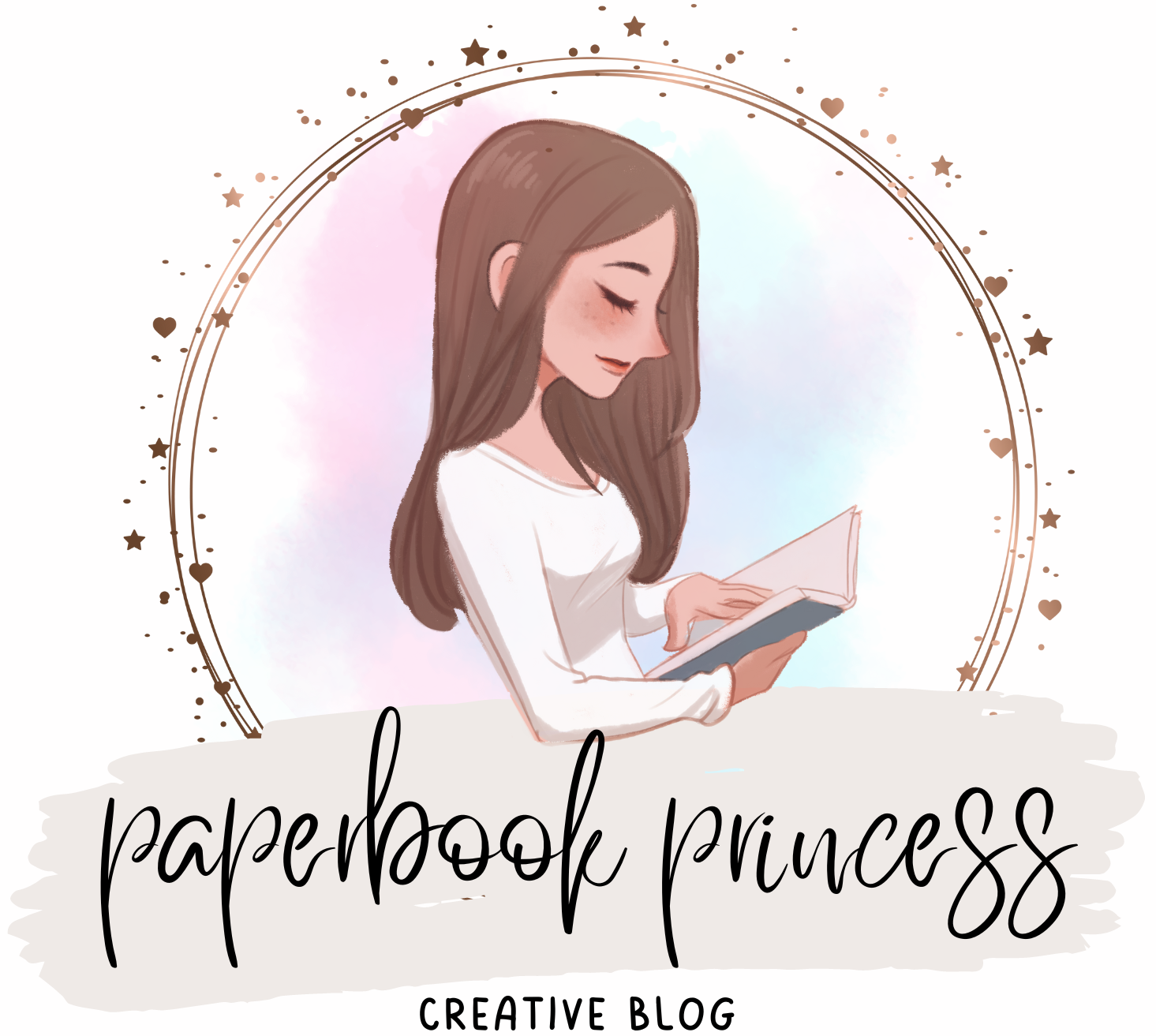
Creative Writing Tips To Make Your Work Come Alive
Long gone are the days when a good writer had to be born with a gift. With the right techniques, anyone can produce amazing works of fiction and non-fiction – even if they have no prior writing experience! In this article, we’ll share some tips that will help turn your mundane writing tasks into thrilling experiences that come alive on the page.
How To Be Creative
There are a few things that you can do to help increase your creativity when it comes to writing.
- Tap into your emotions. When you write, be yourself. As cliche as it may sound, the more authentic your work is, the more likely people are to connect with it. If something feels personal to you, chances are good others will feel the same way too.
- Be open to new ideas and perspectives. Instead of sticking to what you know best, be open to new possibilities and ways of looking at things. This doesn’t mean abandoning your own ideas or convictions – simply be willing to consider other points of view and examine them critically.
- Be patient and persistent. Creative ideas often come about as a result of serendipity – moments when you happen upon something that suddenly makes sense or seems like the perfect solution for a problem you were previously struggling with. Don’t give up on these revelations prematurely; instead, persist until they eventually yield results.
- Take time for yourself every day. Whether it’s reading fiction or non-fiction, taking walks outdoors, or spending time in nature, spending time alone can help stimulate your creativity and provide fresh inspiration for your work in progress.
What Makes A Story Come Alive?
There are many things that can make a story come alive, but the most important thing is to be passionate about what you’re writing. If you don’t have a burning passion for your work, it will be difficult to bring it to life.
Some other things that can help make your work come alive include keeping track of your characters’ thoughts and emotions, using descriptive language, and paying attention to pacing. When you write with these techniques in mind, you’ll ensure that your readers will enjoy reading your work as much as you enjoyed writing it.
- Start with a strong foundation. Your writing will be stronger if you have a solid foundation in your creative skill set. This means knowing the basics of grammar, punctuation, and vocabulary. You should also be familiar with the different styles of writing, such as journalistic, expository, or narrative.
- Use vivid imagery. Create scenes and characters that are easy to imagine and feel like friends. Use images to paint a picture in your reader’s mind, and make them want to keep reading until the end.
- Pare down your sentence structure. Too many words can muddy the waters of your writing and make it difficult for readers to follow what you’re saying. Try to use short sentences that pack a punch emotionally while still managing to convey complex concepts effectively.
- Be conversational in your writing style. Write like you would talk to a friend – in an informal tone that is easy for readers to understand and get invested in your story. This will help them invest themselves in what you’re saying, which will lead to increased engagement on their part – and ultimately more readers who will want to learn more about what you have to say!
Write A Story That Has A Beginning, Middle, And End
Imagine you are sitting in a dark theater, watching as the curtain rises on your story. You are about to experience the journey of two people who are bound by fate. From the moment they meet, they know that their paths will cross. What transpires from there is a story full of twists and turns that will leave you on the edge of your seat.
The beginning of your story is filled with tension as the characters battle against fate. They both want what is best for themselves but cannot help but be drawn to each other. As their relationship deepens, so does the suspense until finally, something happens that forces them apart. This initial conflict drives the plot forward and sets up a series of surprising events that lead to an inevitable climax.
As you write this final scene, you can feel the excitement building in your chest as you imagine how it will play out. Finally, everything comes together, and readers can see how everything has been leading up to this moment. All of your work has come together to create a story that is both entertaining and meaningful.





